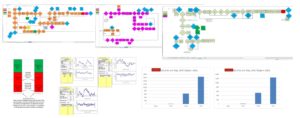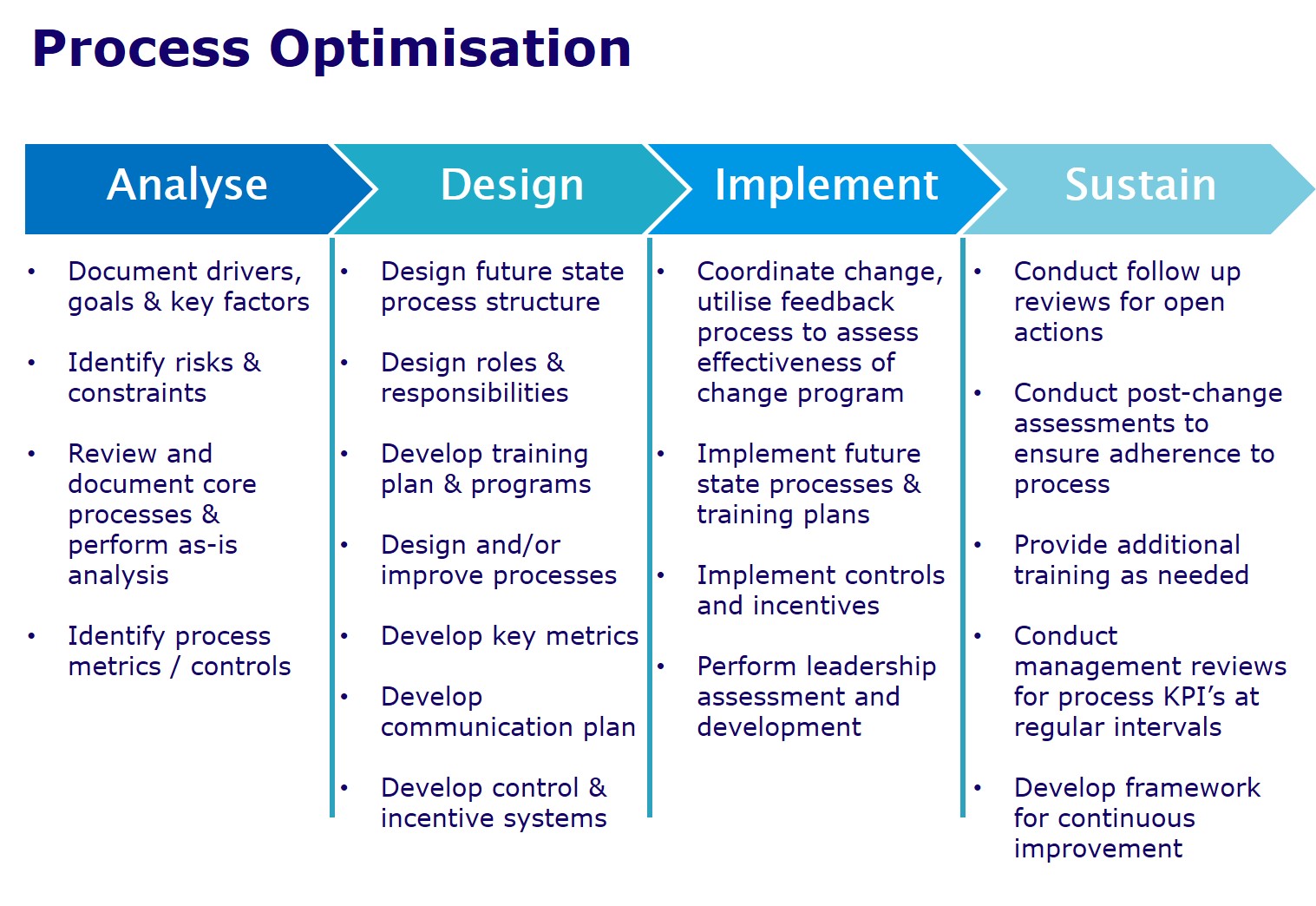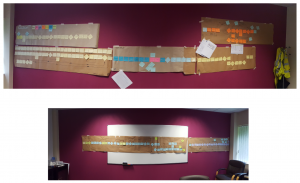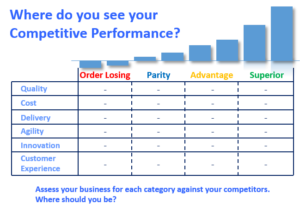Now in anybody’s mind the drive for short term results should be aligned with the long term. But why is it we struggle so much to get this balance right, and to add, it’s never been more needed as it is in the current economic way of the world.
One of the more obvious ways I’ve seen it manifest itself is between the overall corporate strategy and the operational behaviour of local teams. Here are just some of the examples I have seen…
First one, Corporate Strategy was to reduce internal costs, based on a Senior Leaders comment regarding a competitor’s costs, an assumption made with some questionable data. Now the local team had done analysis to show profitability in what they were producing and a significant growth improvement too which the corporate focus was fighting against. Which would you have had? Peter Drucker “preparing for tomorrow” springs to mind.
The second, Corporate Strategy to enter new markets with a new service, the local sales teams refusing to follow this as they believe it would be hard to hit their commissions so subsequently paying lip service to it when necessary. Interestingly the price and the margins for the older services were falling drastically, hence the focus on new service.
The third, Private Equity Investors driving the short term results against the Business Leader driving the long term vision, I’ve witnessed on numerous occasions where PE investors introduce a weekly operations call to review KPI’s (key performance indicators) they have introduced (35/week at one business), from Health and Safety, Productivity, On Time In Full, all the good stuff but driven at a behavioural level that can have a negative impact. KPI’s drive behaviour! When managed at a micro level from upon high every week begins to channel the focus on covering the past, we spend most of our time in answering questions that happened last week, not on where are we going, how are we going to achieve, how can I help.
This is one of the more obvious I have witnessed, the pressurised environment of the end of week/month/quarter / year period often creates behaviours that from an outside perspective at least, appear to be utter madness. Of course every business needs to keep the lights on but not to the extent that it sacrifices long-term value.
There has to be a balance between Visionary/Strategic leadership and Managerial Leadership. Managerial leaders are primarily immersed in the day-to-day activities of the organisation and lack an appropriate long-term vision for growth and change. Conversely, visionary leaders are primarily future-oriented, proactive and risk-taking. These leaders base their decisions and actions on their beliefs and values, and try to share their understanding of a desired vision with others in the organisation.
In essence a business needs to have both mind-sets present, a combination of the managerial and visionary styles. Having two leaders like this requires that they trust each other implicitly and are willing to listen to each other, the CEO and COO for example. It is possible to have a singular person with both mind-sets but they are few and far between.
The balance comes in how you “Operationalise that Strategy/Vision” so both styles work hand in hand.
Food for thought as we start to get closer to a new year.














